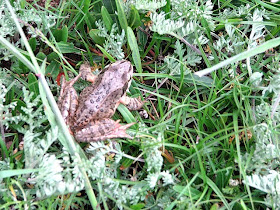
 文獻來源: Zhao S, Dai Q, Fu J. 2009. Do rivers functioin as genetic barriers for the plateau wood frog at high elevation. Journal of Zoology (Early View).
文獻來源: Zhao S, Dai Q, Fu J. 2009. Do rivers functioin as genetic barriers for the plateau wood frog at high elevation. Journal of Zoology (Early View).Abstract
Using the plateau wood frog Rana kukunoris from the Hengduan Mountains as a model system, we tested whether rivers form significant genetic barriers (the riverine barrier hypothesis) to high elevation amphibians. Samples were collected from eight sites across three major river drainages, the Min, the Dadu and the Yalong Rivers, and the population genetic structure of these frogs was evaluated with data from eight microsatellite DNA loci. A large amount of genetic structure was found, and the pairwise FST ranged from 0.022 to 0.508 and a global FST was 0.215. Both analysis of molecular variance and isolation by distance analysis suggested that rivers, mountain ridges and geographic distances all contributed significantly to the population structure. However, no single landscape has prominent barrier effect to the plateau wood frog populations. An assignment analysis using the computer program Structure grouped the eight populations into four population clusters, and no single type of landscape can sufficiently explain the clustering. In conclusion, rivers do not appear to be the leading genetic barriers for the plateau wood frog. The strong population genetic structure is likely the consequence of attributes of the species, as opposed to environmental fragmentation, and the barrier effect of the landscapes is largely swamped by the large amount of intrinsic population structure.
圖片連結: Retpet
